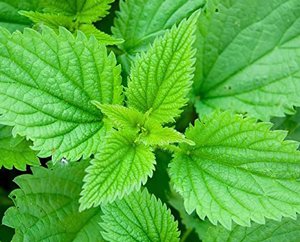I am blessed to have been able to run and play in the countryside as a child. Of course, it meant a lot of laughs, discoveries, and also cuts and bruises. We learned from young on to steer away from the stinging nettle because the little "hairs" on its leaves would cause skin rashes with hives that quickly became itchy and burned. We also learned not to scratch the affected area, which only worsened things. Mom used to apply cool compresses -before we resorted to aloe vera for our ailment- to relieve the burning sensation and the pain. And about a day or 2 later, our skin would be as good as new. It is to be noted that in nature, dock plants and jewelweed plants grow next to the stinging nettle and the juice from their crushed leaves can provide some respite.
Now let's look into the multiple uses and benefits of this "weed". The little hairs on this perennial herb's leaves contain chemicals that can treat inflammation, arthritis, and even gout according to some people. I recently drank an organic nettle liquid that helped reduce my hair loss which was worrying me. Truth is, stinging nettle is rich in vitamins A, C, D, E, and K as well as calcium, potassium, silicon, manganese, and iron. It can improve blood circulation, skin, and heart health, detoxify the body, alleviate some allergies, and treat respiratory issues. It is a natural antihistamine and has been used to increase energy levels. Studies are mixed when it comes to some of the benefits of stinging nettle. So make sure to consult your doctor or herbalist before you either drink it as a tea, cook with it, use it in form of tincture or cream, or simply ingest it in capsule or tablet form.
Enjoy nature 🌱🌱🌱

